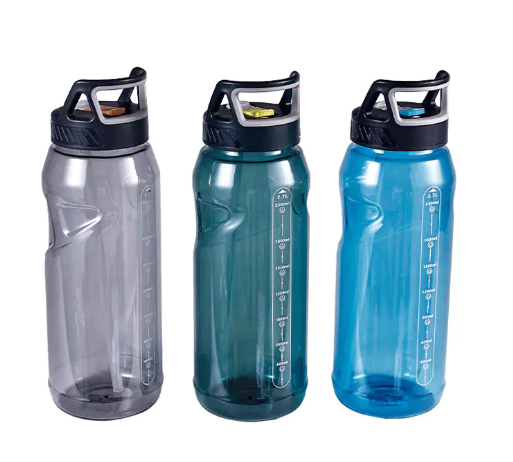Nowadays, people always carry water glasses with them when they go out, which requires the sealing of outdoor water bottles. During the production process, water bottle manufacturers usually use the following methods to prevent water bottles from leaking.
1. Seal design: Manufacturers use specialized seal designs in the caps or lids of plastic water bottles to create a watertight seal. These seals are typically made from materials such as silicone or other flexible materials that can provide a tight seal when properly closed.
2. Threaded caps or lids: Many plastic water bottles have caps or lids with threaded designs that allow for secure and tight closure. The threads on the bottle and cap are designed to interlock, creating a seal that prevents leaks when properly closed.
3. Flip-top lids: Some plastic water bottles with lids that can be opened or closed with one hand. These lids often have a rubber or silicone gasket that provides a tight seal when closed, preventing leaks.
4. Locking mechanisms: Manufacturers may incorporate locking mechanisms in the caps or lids of plastic water bottles to ensure they remain tightly closed and prevent accidental opening. These mechanisms can include snaps, clips, or other features that securely lock the cap or lid in place.
5. Venting systems: Some plastic water bottles may have venting systems, such as small vents or valves, that allow for air to escape as the bottle is filled or when the lid is closed. These venting systems can help prevent pressure build-up inside the bottle, which could otherwise cause leaks.


